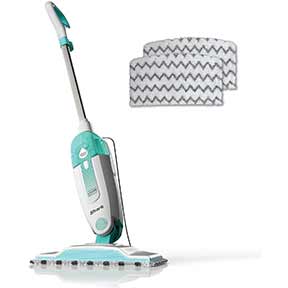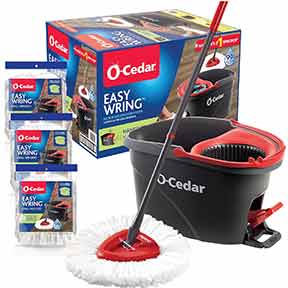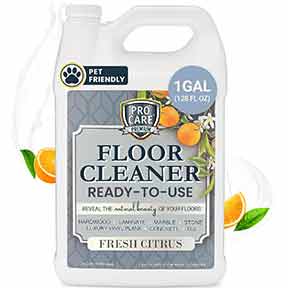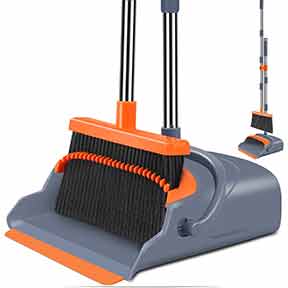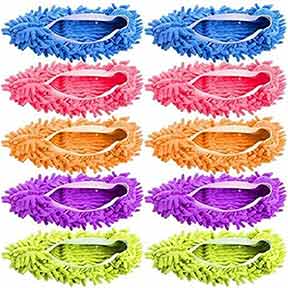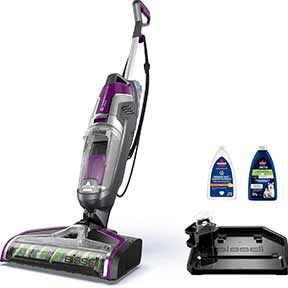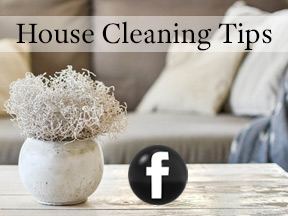How to Polish Marble

How to Polish Marble and Avoid Etching
If you’ve ever admired the glossy, mirror-like surface of a marble floor or countertop, you may be wondering how to polish marble to achieve that stunning finish. Marble is a crystalline rock made of calcite or dolomite that can take a beautiful, high polish. When polished, it often looks like it’s wet because of the reflective shine.
Marble comes in a wide variety of colors: white, pink, red, green, blue, even black. These colors result from natural mineral impurities like clay, iron, or sand. Although it’s elegant, marble is also soft and porous, making it easy to polish but prone to scratching and etching.
To protect marble surfaces, place area rugs or mats in high-traffic zones. For cleaning, always use a pH-neutral cleaner. Harsh products that are too acidic or too alkaline can damage the surface by dulling or etching the finish.
Many common substances can harm marble. Vinegar, lemon juice, bleach, coffee, tomato sauce, and even some personal care products can leave stains or cause permanent damage. Knowing how to polish marble and care for it properly will help you preserve its natural beauty for years to come.
Cleaning Marble
Regular cleaning should be done with either plain warm water or a cleaner specifically made for marble. The key is that whatever cleaner you use, it MUST BE pH neutral or you will damage the surface.
Sealing Marble
Because marble is porous there are tiny little pits on the surface. Sealing protects the marble from stains and scratches. You can also use an impregnator sealer which penetrates beneath the surface to help repel many liquid stains. You need to reseal marble every 6 months to keep it stain resistant.
Re-Polishing Marble
When you polish marble, you are removing the damaged surface. You need to remove the surface finish down to the level of the deepest damage.
Small scratches and surface etching can be removed by hand. Larger area or deep etching require polishing pads or the services of a marble professional. The materials we use to polish marble are acids and abrasives. When these materials are used and carefully buffed onto the surface, a new mirror finish will result.
Tools Needed
- Soft cotton towel for hand buffing light damage
- Marble polishing powder or polishing spray
- Diamond polishing pad for deep damage
Marble Polishing Process
This process is a general guideline for re-polishing etched or worn polished marble. The actual process may vary depending on type of marble, method of application, and condition of the marble to be re-polished.
Severely damaged or worn marble may require professional restoration using diamond pads to restore the shine.
Always test a small area first to ensure satisfactory results.
- Ensure the marble surface is clean and dry.
- Spray 1 or 2 squirts of plain water from a spray bottle onto etched or worn area.
- Immediately apply a small amount of polishing compound directly onto the wetted area.
- Using soft cotton towel, buff the area until slurry becomes clear and nearly dry.
- A Diamond Pad Polishing Kit, either hand or variable speed buffer is helpful for larger or heavily damaged areas.
- Re-wet the area thoroughly and polish dry with an absorbent towel.
- Repeat the process until the desired shine is achieved.
Floor Supplies
